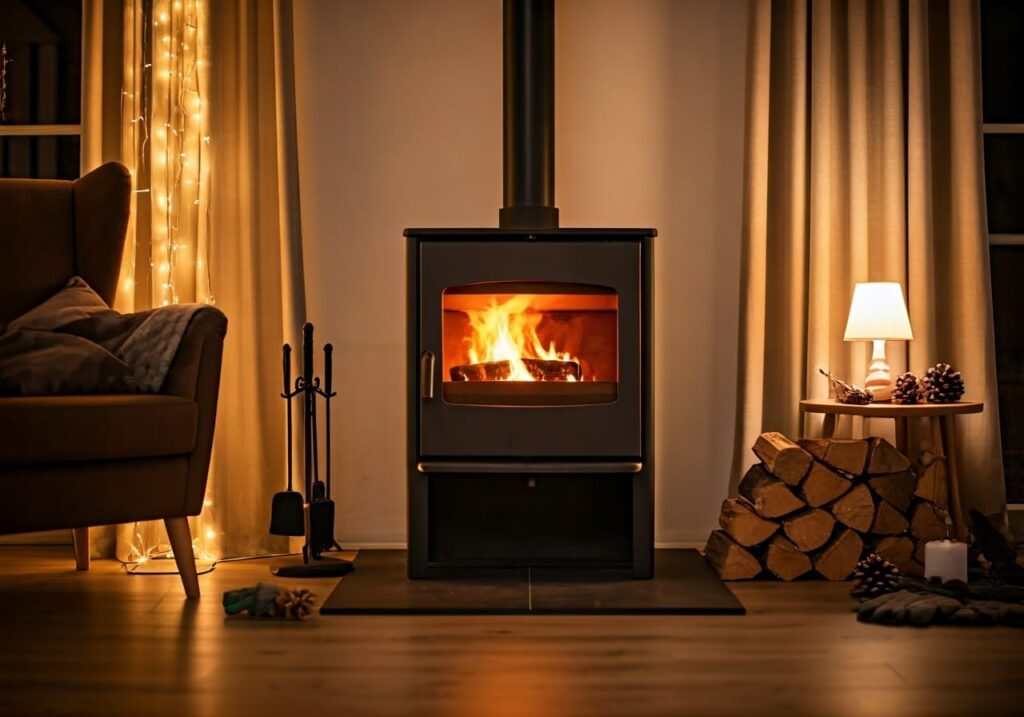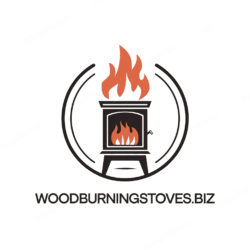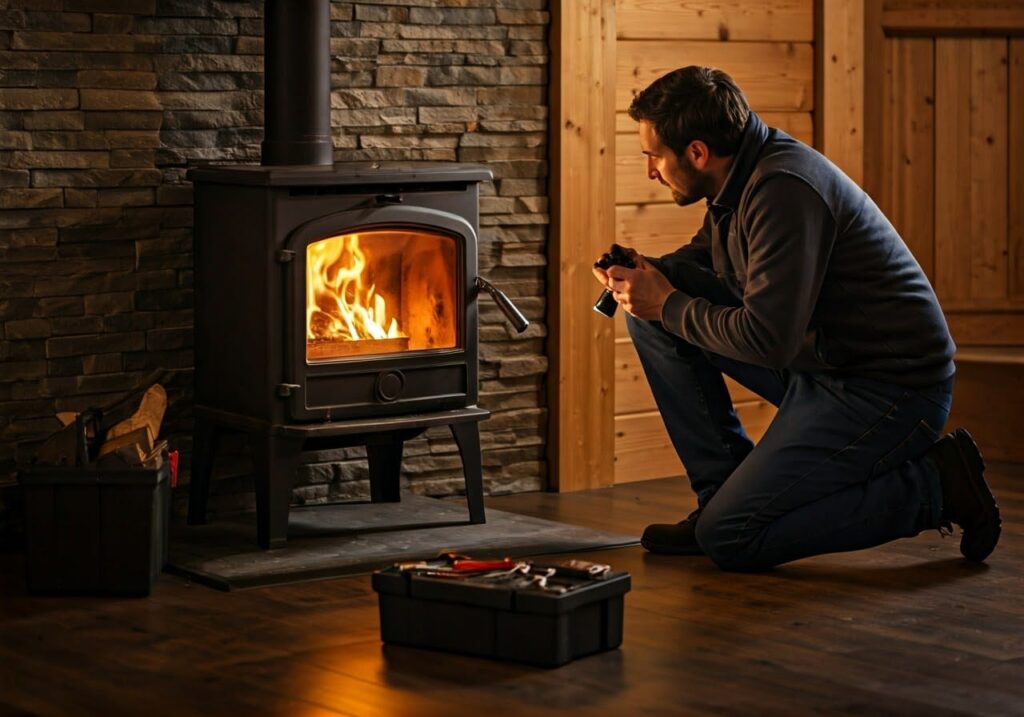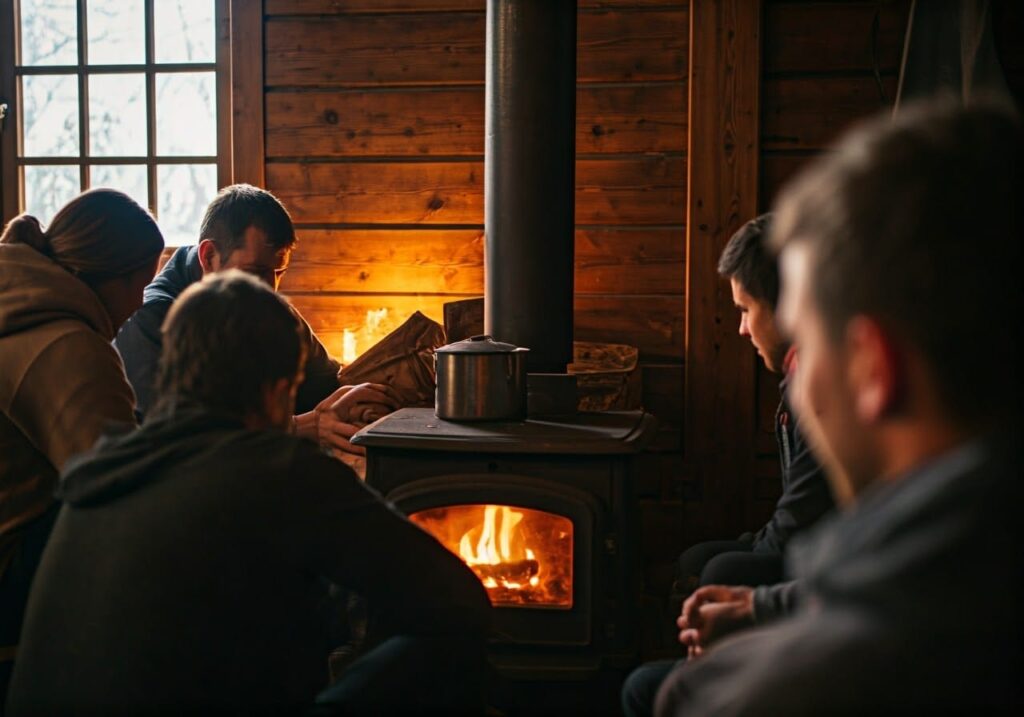
Optimizing Ventilation for Efficient and Safe Burning
Are you experiencing airflow issues with your wood-burning stove, leading to poor combustion, reduced heat output, and potentially hazardous conditions? Identifying and resolving airflow problems is crucial for the efficient, safe, and environmentally friendly operation of your stove. In this comprehensive guide, we’ll delve into how to fix airflow issues in wood-burning stoves and provide step-by-step troubleshooting to optimize ventilation and ensure a warm, comfortable, and healthy living space.
Understanding Airflow in Wood-Burning Stoves
The Importance of Airflow:
- Complete Combustion: Ensures efficient burning, minimizing emissions and residue.
- Heat Output: Affects the stove’s ability to warm your space effectively.
- Safety: Proper airflow prevents the buildup of harmful gases, such as carbon monoxide.
Key Components Affecting Airflow:
- Chimney or Flue
- Ventilation System
- Stove Design and Installation
- Fuel Quality and Moisture Content
Common Causes of Airflow Issues in Wood-Burning Stoves
1. Inadequate Chimney Height or Installation
- Cause: Insufficient chimney height or improper installation.
- Solution:
- Verify chimney height meets local building codes and manufacturer recommendations.
- Inspect and adjust the chimney’s position to ensure proper clearance.
2. Blocked or Dirty Ventilation System
- Cause: Accumulation of creosote, soot, or debris in the vents.
- Solution:
- Clean the ventilation system regularly, including the chimney and flue.
- Inspect for blockages and clear any obstacles.
3. Poor Stove Maintenance
- Cause: Failure to maintain the stove, leading to reduced airflow.
- Solution:
- Follow a regular maintenance schedule for your wood-burning stove.
- Clean the stove’s air intakes and ensure all vents are unobstructed.
4. Incorrect Stove Installation
- Cause: Improper stove installation, affecting airflow.
- Solution:
- Consult the manufacturer’s installation guidelines.
- Hire a professional to assess and correct any installation issues.
5. Low-Quality or Wet Fuel
- Cause: Burning wood with high moisture content or poor quality.
- Solution:
- Use properly seasoned wood (below 20% moisture content).
- Select high-quality wood for optimal burning efficiency.
Step-by-Step Troubleshooting Guide
| Step | Action | Expected Outcome |
|---|---|---|
| 1 | Inspect the chimney for adequate height and proper installation. | Verify if chimney issues are the primary cause. |
| 2 | Clean the ventilation system, including the chimney and flue. | Ensure clear airflow pathways. |
| 3 | Perform thorough stove maintenance, focusing on air intakes and vents. | Optimize stove conditions for improved airflow. |
| 4 | Assess the stove’s installation and consult a professional if necessary. | Confirm proper installation or identify corrections needed. |
| 5 | Evaluate and adjust your fuel quality and moisture content. | Achieve efficient combustion with minimal airflow issues. |
Expert Insight
“Airflow issues in a wood-burning stove can significantly impact its performance and safety. By systematically identifying and addressing the root cause, homeowners can enjoy a more efficient, warmer, and healthier living environment while minimizing environmental impact.”
— Mark Davis, Wood-Burning Stove Specialist
Preventative Measures for Optimal Airflow in Your Wood-Burning Stove
Maintaining optimal airflow is crucial for the efficiency, safety, and longevity of your wood-burning stove. By incorporating the following preventative measures into your stove maintenance routine, you’ll enjoy a warmer, healthier, and more cost-effective heating experience.
- 1. Regularly Maintain Your Stove and Ventilation System
- Clean the stove, flue, and chimney annually to prevent creosote buildup and ensure unobstructed airflow, making creosote removal a top priority.
- Inspect and replace worn-out stove gaskets, door seals, and venting components to maintain a tight system, similar to what’s recommended during a thorough chimney sweeping.
- 2. Ensure Proper Stove Installation
- Verify your stove’s clearance from combustible materials meets local building codes and manufacturer guidelines to prevent potential fire hazards.
- Ensure the stove is level and securely fastened to the floor to prevent drafting issues, a key aspect of stove installation codes.
- 3. Use High-Quality, Seasoned Wood
- Burn seasoned firewood with a moisture content below 20% to minimize smoke and maximize heat output.
- Store wood properly to protect it from the elements and reduce the risk of pest infestation, keeping wood moisture content in check.
- 4. Monitor and Adjust Airflow as Needed
- Keep an eye on stove performance and adjust damper settings to achieve optimal airflow, mastering stove damper control.
- Be mindful of outdoor weather conditions that may impact stove drafting issues (e.g., high winds, temperature inversions).
- 5. Schedule Annual Professional Inspections
- Hire a certified chimney sweep to inspect your stove, venting system, and chimney for hidden dangers and efficiency losses.
- Address potential issues before they become major problems, ensuring your stove operates safely and effectively following a thorough wood stove inspection.
By following these preventative measures, you’ll be well on your way to maintaining optimal airflow, reducing the risk of common wood-burning stove issues, and enjoying a cozy, worry-free heating season.
Conclusion
Fixing airflow issues in a wood-burning stove is crucial for its efficient, safe, and environmentally friendly operation. By following the step-by-step troubleshooting guide and implementing the preventative measures outlined in this article, you can optimize your stove’s ventilation, ensuring a warm, comfortable, and healthy living space.


